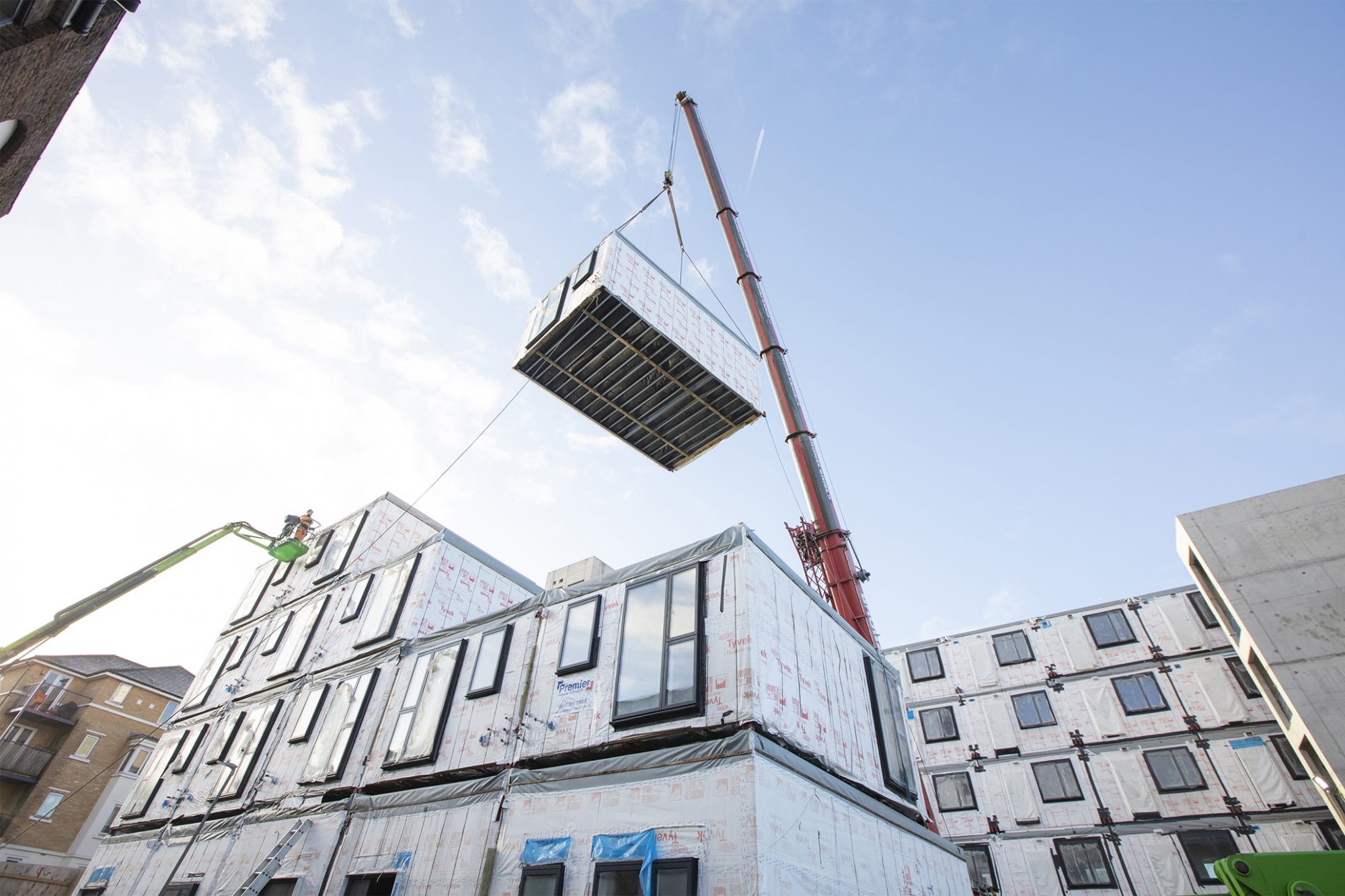Discover how modern methods of construction are transforming Britain’s building industry, promising faster builds and smarter homes for tomorrow.
Understanding Modern Methods of Construction
Modern Methods of Construction (MMC) represent a significant leap forward in how Britain builds homes. At its core, MMC encompasses a range of innovative approaches that prioritise off-site manufacturing, precision engineering, and digital technology. In the UK context, these methods have evolved to include sophisticated systems like volumetric construction, where entire rooms or housing modules are manufactured in controlled factory environments before being transported to site. The construction industry has witnessed a remarkable 30% increase in MMC adoption since 2020, signalling a transformative shift in building practices.
Key Components of MMC
- Volumetric Construction: Factory-built modules complete with fixtures and finishes
- Panelised Systems: Pre-manufactured wall, floor, and roof panels
- Hybrid Techniques: Combination of volumetric and panelised approaches
- Sub-assemblies and Components: Factory-produced elements like bathroom pods
- Digital Design Tools: BIM (Building Information Modelling) and 3D modelling
The Evolution from Traditional to Modern Construction
The transition from traditional brick-and-block construction to MMC represents a fundamental shift in the UK building sector. Where conventional methods relied heavily on on-site labour and were subject to weather delays, modern approaches have introduced unprecedented levels of precision and efficiency. This evolution has been driven by pressing needs: the UK’s housing shortage, skilled labour scarcity, and increasingly stringent environmental regulations. Today, MMC projects typically achieve 20-50% faster completion times compared to traditional methods, while maintaining superior quality standards through factory-controlled production.
Key Benefits Driving MMC Adoption
- Speed and Efficiency: Construction timelines reduced by up to 50%
- Quality Assurance: Factory conditions ensure consistent standards
- Cost Predictability: Better budget control and reduced waste
- Environmental Benefits: Up to 40% reduction in carbon emissions
- Weather Independence: Year-round construction capability
- Labour Efficiency: Reduced on-site workforce requirements
Challenges and Implementation Hurdles
Despite its promising benefits, the adoption of MMC in the UK faces several significant challenges. Initial capital investment requirements can be substantial, with setup costs for MMC facilities ranging from £10-30 million. The industry also grapples with skills gaps, as traditional construction workers need retraining for modern methods. Supply chain adaptation remains crucial, requiring new logistics solutions and storage facilities. Additionally, regulatory frameworks are still evolving to fully accommodate innovative construction techniques.
Real-World Impact on UK Housing
Across Britain, MMC success stories are becoming increasingly common. Legal & General’s modular housing factory in Leeds demonstrates the scale of potential, producing up to 3,500 homes annually. Notable developments like Northstowe in Cambridgeshire showcase how MMC can deliver high-quality, sustainable housing at pace. Housing associations report 40% faster completion times and significant cost savings when using MMC approaches, while maintaining high resident satisfaction rates.
Future Outlook and Industry Transformation
The future of UK construction is increasingly aligned with MMC adoption. Industry forecasts suggest that MMC will account for 20% of all new homes by 2025, rising to 30% by 2030. Emerging technologies like 3D printing and robotics are set to further revolutionise the sector. Government backing through initiatives like the £3 billion Home Building Fund specifically supports MMC projects, indicating strong institutional commitment to modern construction methods.
Making the Transition to Modern Methods
- Conduct thorough cost-benefit analysis for specific project types
- Invest in workforce training and development
- Partner with established MMC suppliers and manufacturers
- Start with hybrid approaches combining traditional and modern methods
- Engage early with planning authorities and building control
- Consider long-term maintenance and adaptability requirements
Conclusion: A New Era in British Construction
Modern Methods of Construction are indeed revolutionising UK house building, offering solutions to long-standing industry challenges. With demonstrated benefits in speed, quality, and sustainability, MMC is not just an alternative to traditional construction but increasingly the future of building in Britain. As technology advances and adoption grows, we can expect to see even greater innovation and efficiency in how we create homes for future generations. The revolution in construction methods is well underway, and those embracing these changes will be best positioned to meet the challenges of tomorrow’s building industry.
FAQ
What is the moderne style of architecture?
Art Moderne architecture, sometimes referred to as Streamlined Moderne, was a design style that emerged during the 1930s. The architectural style emphasized curving forms, long horizontal lines, rounded corners, flat roofs, horizontal bands of windows, and smooth walls with no ornamentation.
What is the new style of house called?
However, contemporary refers to today’s building styles, which can vary in design and appearance. Modern architecture refers to design inspired by the historical art movement of modernism that started in the early 1900s.
What is the new classic building style?
According to Encyclopedia Britannica, neoclassical architecture is defined as the “revival of classical architecture during the 18th and early 19th centuries.” The aesthetic is a distinct architectural style that references elements of classical antiquity—mostly ancient Greek and Roman architecture—that flourished …
What is the modern building style called?
Modernism in architecture It was also known as International Modernism or International Style, after an exhibition of modernist architecture in America in 1932 by the architect Philip Johnson.
What is the best construction method?
1. Brick and Mortar Construction. This construction method involves laying bricks systematically and binding them with mortar to create sturdy walls and structures. It’s widely used for residential and commercial buildings due to its durability, fire resistance and cost-effectiveness.
Sources
[1] https://www.goconstruct.org/educational-resources/learn-about-construction/modern-methods-of-construction
[2] https://www.ube.ac.uk/whats-happening/articles/modern-methods-of-construction/
[3] https://www.clarisdesignbuild.com/11-innovative-construction-techniques-for-modern-buildings/


Leave a Reply